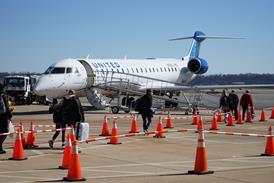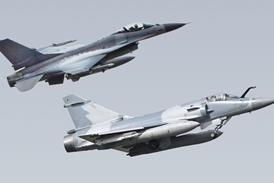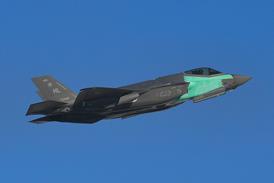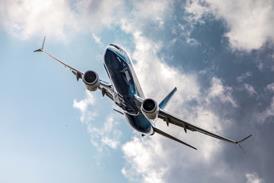Taiwan is reportedly seeking to acquire six Northrop Grumman E-2D airborne early warning aircraft from the USA.
Focus Taiwan, an English-language publication of Taiwan’s state-owned Central News Agency on 4 February reported Taipei has submitted a formal request to Washington for the sale of six E-2D Advanced Hawkeyes to replace the Republic of China Air Force (ROCAF) fleet of aged E-2Ks.
Citing an anonymous source with knowledge of the matter, the CNA says Taipei needs the “superior ability” of the E-2D to detect stealth aircraft operated by the People’s Republic of China – Taiwan’s rival on the East Asian mainland.
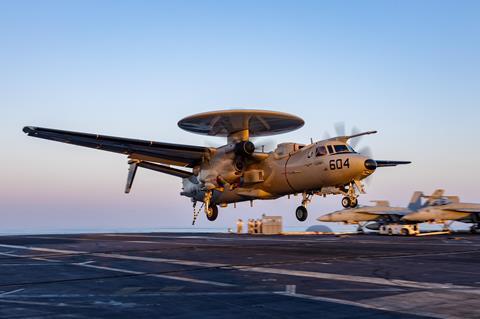
China has in recent years assumed an increasingly aggressive posture toward the disputed island, which communist party officials in Beijing regard as a breakaway province.
That sabre rattling often takes the form of aerial incursions across the Taiwan Strait and into Taiwanese airspace. In October, the Taiwanese defence ministry reported tracking a record number of Chinese military aircraft around the island.
Those sorties were part of Chinese joint exercises to the north, south and east of Taiwan designed to test sea-air combat readiness, assault on maritime and ground targets and “blockade on key ports and areas”, China’s Eastern Theater Command said at the time.
That bellicosity, combined with Beijing’s increasing capacity to field the domestically produced Chengdu J-20 stealth fighter, seemingly has Taipei seeking a more powerful airborne radar capability.
More than half of the ROCAF E-2Ks are over 50 years old, according to data from aviation analytics company Cirium. The oldest examples is 57-years old. A sixth E-2K was written off in 2022, after it was seriously damaged when the crew attempted to land without properly deploying the twin-engined turboprop’s landing gear.
In 2024, Northrop signed a deal with Taipei to upgrade the E-2K fleet, in partnership with Taiwanese manufacturer Aerospace Industrial Development Corp.
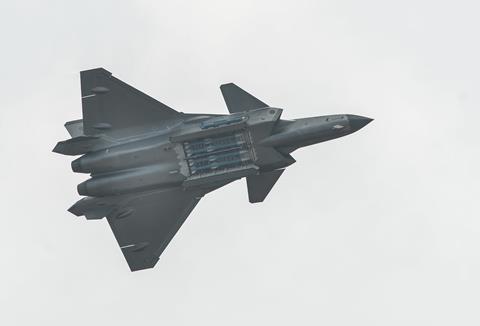
The US Navy describes the Lockheed Martin AN/APY-9 radar installed on the E-2D as a “two-generation leap in capability” over legacy Hawkeyes like the E-2K and E-2C. The dorsal-mounted, disc-shaped rotating radar dome offers all-weather 360 degree scanning capability that is resistant to electromagnetic interference, according to Lockheed.
The US state department, which evaluates and approves the sale of military arms overseas, declined to specifically address whether or not Taipei had formally requested an E-2D purchase.
“Consistent with the Taiwan Relations Act, the United States will continue to enable Taiwan’s self-defence capabilities,” a state department official tells FlightGlobal. “As a matter of policy we are unable to comment on or confirm potential or pending arms transfers before they are formally notified to Congress.”
Lawmakers in Congress also have approval authority over foreign military sales, which members often exercises in the case of geopolitically sensitive transactions. Official notice of an intended sale is typically not transmitted to Congress until behind the scenes negotiations have taken place – a process which has in some cases taken years.
While it awaits approval for an E-2D acquisition, Taiwan is moving to bolster its defences elsewhere. Taipei has placed orders for 66 of the latest F-16V fighters from Lockheed and 50 AGM-154 air-to-ground precision glide bombs from Raytheon.
Against the island’s fleet of 285 combat aircraft, is Beijing massive inventory of 1,583 military aviation assets – the second largest fleet in the world, after the USA. That includes some 1,300 fourth-generation fighters, in addition to the fifth-generation J-20s.
China is also developing the Shenyang FC-31/J-31, positioned as an answer to the now widely deployed Lockheed Martin F-35 family of fighters developed by the USA.
In December, China also revealed two flight-capable experimental aircraft of unknown designation, both with low-observable traits such as internal weapons bays and a lack of vertical stabilisers.

